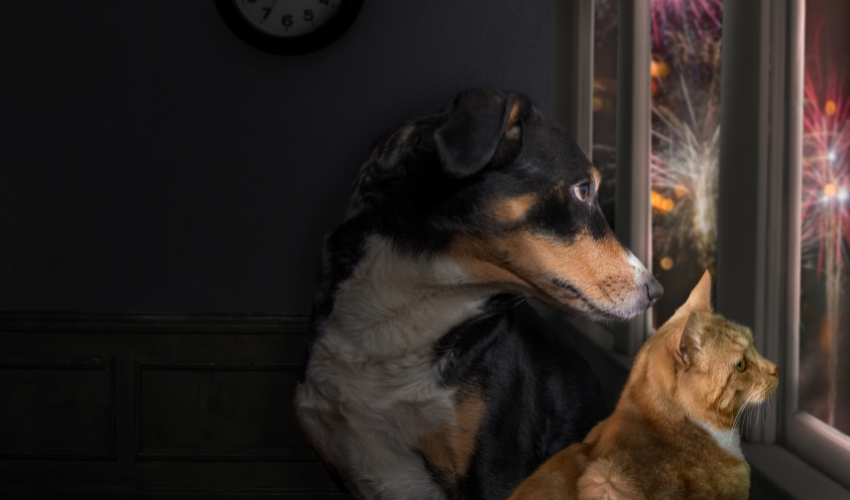 Animal rescue transport is fast becoming a trend and hundreds of animal rescue volunteers spend their weekends flying dogs or driving cats in a local ride or rescue relay transport. But not all rescue transports are alike so let’s break down the best ones to understand their anatomy. There are 5 key elements to great animal rescue transports (at least in our view) and we welcome you to check them all off. This is more than just pet transport, this is passion!
Animal rescue transport is fast becoming a trend and hundreds of animal rescue volunteers spend their weekends flying dogs or driving cats in a local ride or rescue relay transport. But not all rescue transports are alike so let’s break down the best ones to understand their anatomy. There are 5 key elements to great animal rescue transports (at least in our view) and we welcome you to check them all off. This is more than just pet transport, this is passion!
1. Great animal rescue transports have great coordinators
The best animal rescue transports always start with the transport coordinator (TC). They are the man or woman behind the scenes doing the setup, coordination and communication for the individual transports. Great TCs know that being organized, having a back-up plan and being an excellent communicator are all part of the job. The best part is that you can be a TC from anywhere because it is truly a virtual job. Interested in giving it a shot? Start with our TC training videos.
2. Great animal rescue transports have proactive volunteers 
Rescue relay transports are often difficult to coordinate. They can be upwards of 20-30 legs and travel hundreds of miles. Many TCs coordinate multiple transports at the same time so you can imagine how full their email box is. So on Great Transports, the volunteers recognize the vital role they play in proactively contacting their pick-up and drop-off transport volunteers to work out the details and locations. The first person in the leg, realizes how important it is to work with the local animal shelter to ensure that they know where to go and who to ask for. The more prep the volunteers do, the less work on the TC.
3. Great animal rescue transports are supported by great animal rescue organizations
Local animal shelters across the country recognize the animals that they can adopt in their community and which ones need a better opportunity somewhere else. They are constantly networking and working with other animal shelters and animal rescues to find destinations for their animals and working to establish relationships to make both organizations succeed. These shelters recognize the importance of the volunteers in the process and are happy to support the effort and appreciative of the involvement of everyone.
4. Great animal rescue transports follow the rules
Like everything else in life, there are rules and regulations in animal rescue transport that need to be followed. Health Certificates or CVIs need to be obtained for each animal, and state animal import laws need to be complied with. Of course you should always make sure to understand the USDA regulations on transporting animals so you understand the size of the crates and rules regarding airflow and access to water and relief areas.
5. Great animal rescue transport save lives
It goes without saying that great animal rescue relay transports save lives and we at Doobert are proud to support you.












